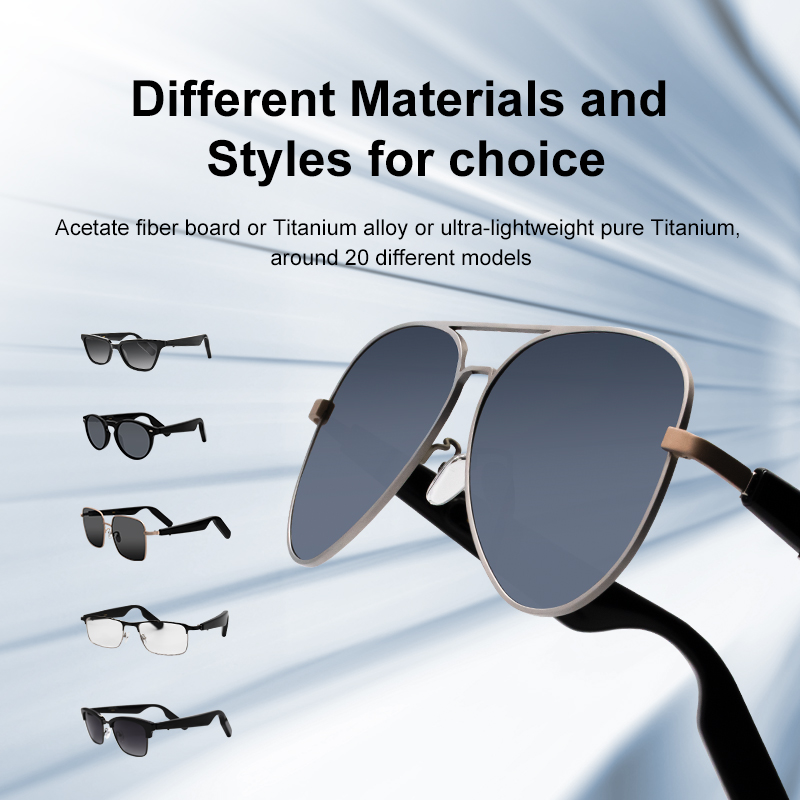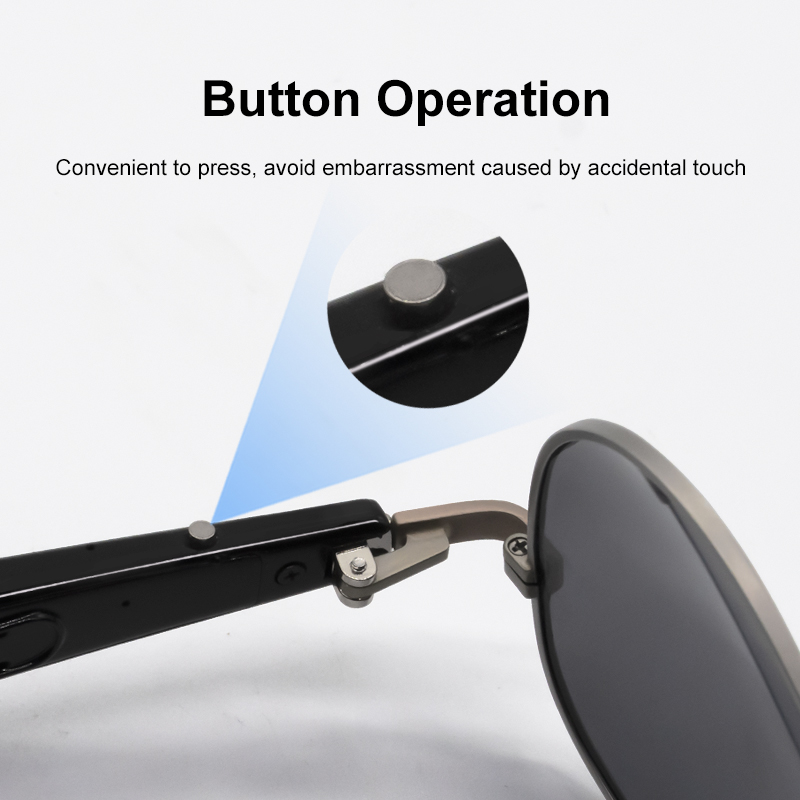- Select Language
Smart glasses have emerged as powerful tools for blending or altering reality. Whether you're a gamer, professional, or business innovator, you may have wondered whether you should choose AR or VR smart glasses.

In this article, we'll analyze the key differences between AR and VR glasses, explore practical applications, and help you determine which is best for your goals in 2025 and beyond.
What’s the Difference Between AR and VR Smart Glasses?
| Feature | AR Smart Glasses | VR Smart Glasses |
|---|---|---|
| Reality Interaction | Adds digital content onto the real world | Replaces the real world with a virtual one |
| User Awareness | Maintains awareness of surroundings | Immersive, blocks out the physical world |
| Mobility | Lightweight, often wearable outdoors | Mostly used indoors, less mobile |
| Use Cases | Navigation, remote work, hands-free data | Gaming, training, simulation |
| Typical Devices | Xreal Air 2, Apple Vision Pro (AR mode) | Meta Quest 3, HTC Vive XR Elite |
Understanding AR Smart Glasses
What are AR glasses?
AR (augmented reality) glasses overlay digital information (such as 3D objects, notifications, maps, or instructions) onto the real world. You still see your surroundings, but with contextually relevant digital enhancements.
Typical Features:
Clear or see-through lenses
Camera or LiDAR sensor
Gesture or voice control
Smartphone or computer connection
Best suited for:
Field workers and technicians
Travelers and commuters
Remote collaboration
Everyday productivity
Pros:
Augmented real-world tasks
Lightweight and comfortable
Usable in dynamic environments
Cons:
Limited immersive interaction
Some models lack advanced 3D sensing
Understanding VR Smart Glasses
What are VR glasses?
VR (virtual reality) glasses create a completely virtual environment. Whether it's a simulation, a game, or a virtual meeting room, you can be fully immersed in a 3D world.

Typical Features:
Occluded or darkened lenses
Motion tracking (head and hand)
3D spatial audio
Built-in computing power
Best suited for:
Gaming and entertainment
Simulation training (e.g., flight, surgery)
Architectural and design visualization
Virtual conferencing
Pros:
Highly immersive
Excellent for interactive experiences
Ever-expanding library of apps and games
Cons:
Heavy and less portable
May cause motion sickness in some users
Unsuitable for real-world multitasking
AR vs VR: Use Case Comparison
| Use Case | Recommended Technology |
|---|---|
| Remote assistance for technicians | AR Glasses |
| First-person shooter gaming | VR Glasses |
| Warehouse navigation | AR Glasses |
| 3D architectural walkthrough | VR Glasses |
| Daily commuting / translation | AR Glasses |
| Professional training simulator | VR Glasses |
| Watching movies on a plane | AR Glasses |
| Full immersion gaming or metaverse | VR Glasses |
Looking Ahead: The Future of AR and VR Glasses
2025 marks a turning point in the convergence of AR and VR. Devices like the Apple Vision Pro and HTC Vive XR Elite already support mixed reality, switching between AR and VR modes.
Future Trends:
Thinner, lighter, all-in-one smart glasses
5G and AI-enhanced environments
Wider consumer applications in education, shopping, and healthcare

Conclusion:
If you want to increase productivity while maintaining focus on the real world, AR is the ideal choice.
If you want a fully immersive experience for entertainment, simulations, or creative design, VR is your best choice.
Still undecided? Consider a mixed reality or hybrid reality headset, which blends the two experiences into one.
Need help choosing the best AR or VR smart glasses for your personal or professional needs?
Contact our technical advisors for customized advice or enterprise pricing.